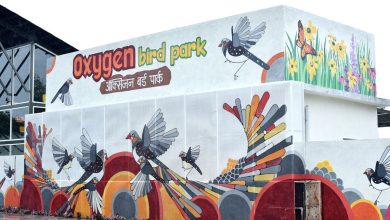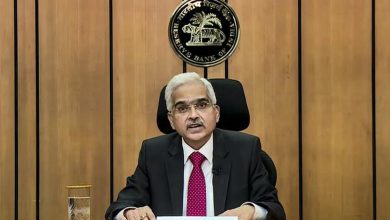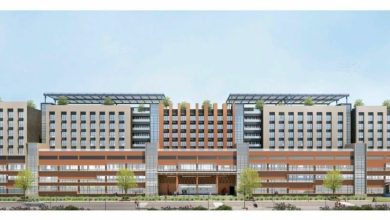Government
-

With ₹53 Crore Subsidies, Nagpur Leads in Response to PM Suryaghar Free Electricity Scheme
PM Suryaghar Free Electricity: The Prime Minister’s Suryaghar Free Electricity Scheme is creating waves across Maharashtra, particularly in Nagpur. Launched…
Read More » -

Mukesh Ambani to Launch Rice Straw-Based CNG Project in Mauda
Mukesh Ambani rice straw CNG project: In a visionary move set to transform India’s energy sector, Mukesh Ambani, the Chairman…
Read More » -

Deadline Extended for CM Yojana Doot Scheme Until Sept 30
The Chief Minister (CM) Yojana Doot Scheme has been a topic of great interest, particularly with the recent extension of…
Read More » -

Gadkari to Inaugurate Oxygen Bird Park (Amrit Mahotsav Park)
Union Minister for Road Transport and Highways, Nitin Gadkari, is set to inaugurate the much-anticipated Oxygen Bird Park (Amrit Mahotsav…
Read More » -

Aaple Sarkar 2.0 to Speed Up Citizen Complaint Resolution
In today’s fast-paced digital world, citizens expect quick and effective solutions to their grievances. The Aaple Sarkar Portal 2.0 is…
Read More » -

Free Electricity for Agri Pumps: Empowering 1.63L Farmers in Nagpur and Wardha
Nagpur Farmers: Agriculture is the backbone of India, and its farmers are the lifeblood. In recent developments, the Maharashtra government…
Read More » -

Nalganga-Wainganga River Linking Project: A ₹34,000 Crore Initiative to Transform Maharashtra’s Water Infrastructure
The Maharashtra cabinet has recently greenlit the ambitious Nalganga-Wainganga river linking project, which stands as one of the most extensive…
Read More » -

RBI Increases UPI Transaction Limit for Tax Payments to Rs 5 Lakh
The Reserve Bank of India (RBI) has made a significant move to simplify tax payments by increasing the UPI transaction…
Read More » -

The Wagh Nakh Returns: A Historic Exhibition in Nagpur
Nagpur Exhibition: In a monumental announcement, Maharashtra’s cultural minister, Sudhir Mungantiwar, revealed that the legendary Wagh Nakh, the tiger claw…
Read More » -

Ambedkar Hospital Construction Likely to Start in August
Ambedkar Hospital Construction: The long-awaited construction of the Dr. Babasaheb Ambedkar Superspecialty Institute of Medical Education and Research (BASIMER) at…
Read More »

